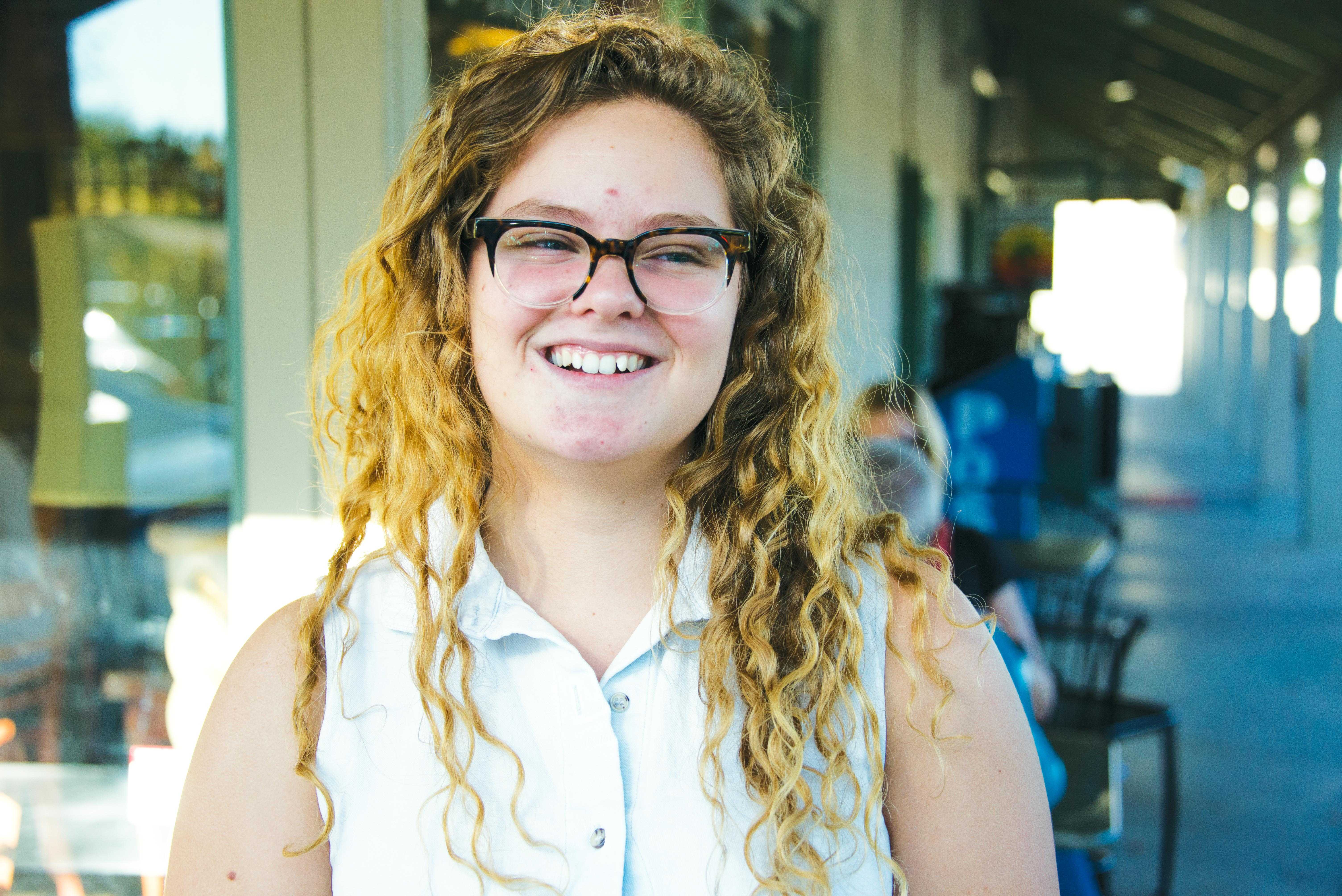Three Months After: Martha Cabot Reflects on Save the 2008
The audio slightly garbled and the video slightly grainy, Martha Cabot begins to speak. Cabot pauses between her words, holding back emotions from the devastating events of the day. Instead, she assertively puts forth her points: that expecting a student to take seven Advanced Placement classes should not be considered normal, that the level of achievement students are expected to reach in our community is unnatural —that a student’s education belongs to him or herself and no one else.
Cabot labeled the video “Henry M. Gunn High School: 1 more suicide preventable,” created as a reaction to the death of 16-year-old Gunn student Cameron Lee, a friend of Cabot’s, early that day on Nov. 4, 2014.
“I created a video and posted it online, thinking just a couple of friends would see it,” says Cabot, now a Henry M. Gunn High School junior and Foothill Middle College student, reflecting on the experience a year later. “My reason behind it was to emphasize that there were so many factors behind why this could have happened; also to stand up for the kids at school saying how sorry we felt and how unhappy we were. I was hearing so much blame already.”
Cabot and Marc Vincenti, a former Gunn High School English Teacher, went on to create Save the 2008, a group championing education reform in the Palo Alto Unified School District by advocating for specific changes in school policy, which include: smaller class sizes, moderation of homework amounts, greater awareness about AP workloads, a ban on students using their cell phones during school hours, more efforts to stop the cheating culture and a decrease in the number of grade reports sent out to the families of students.
Their efforts would involve months of attending school board meetings, talking with students and community members and trying to facilitate change. But for Cabot, trying to make Save the 2008 a force for change in the community was an uphill battle, and it eventually led to her departure from the campaign three months ago. This year, she began school at Foothill.
Why did one of the most involved students in the community, someone who expressed a peak amount of passion about the well-being of those around her, pull away suddenly? And what did Cabot learn from her experiences?
“I had a really harsh time last year figuring out who I am as a person, like any teenager does,” Cabot says. “It was mainly because I had my own stress going on about my personal life, but also I felt like there was such lack of support from my school.”
There was a load of opposition from different members of the community, mainly students — in one example, the Gunn Oracle published an editorial calling Save the 2008’s plans ineffective and unapplicable. Cabot found frustration in the fact that many people seemed to have complaints rather than suggestions concerning dissatisfaction with specific points of the plan.
“When I was working with the campaign, a lot of people would say what was wrong with the campaign rather than offering their ideas,” Cabot says. “For a while, it felt like me and Marc were the only ones trying to change something.”
There was something about her sense of deep caring, her courage in posting that video, her sense of urgency, that we couldn’t let this go on.”
— Co-founder of “Save the 2008” Marc Vincent
Cabot believes that change stalled because of a variety of different factors, including the arrival of a new superintendent and Gunn principal, and that her experience was a teaching moment.
“Now that I have grown up a bit and ended my work with the campaign, I see why I didn’t see any change,” Cabot says.
Cabot continues to advocate for students raising their voices and speaking about issues concerning their community, even if she is not part of Save the 2008 anymore.
“The fact that students are doing something and speaking their mind is so important,” Cabot says. “I respect it so much. … I am proud to call them my peers.”
Her concern for her community and outspoken opinions struck a chord with those who were ready for change, and continue to a year later.
“There was something about her sense of deep caring, her courage in posting that video, her sense of urgency, that we couldn’t let this go on,” Vincenti says. “It had been happening long enough, and as a community, we needed to do something that was unique in the community discussion at that time.”
Cabot’s activism, sparked in a moment of sadness and mourning that mobilized her to action, is rooted in a deep belief that teens should and can speak up for what they believe in, and that the student voice holds potent power for change. After having come full circle with her efforts with Save the 2008, she still strongly supports the beliefs that drove her to conduct activism for her community.
“It was really important that it [a suicide] wouldn’t happen again because we [the Gunn community] love each other so much,” Cabot says. “We are just such a loving community and so supportive of one another that it just tore me apart to think that this could happen and that I might’ve been blind to it.”





